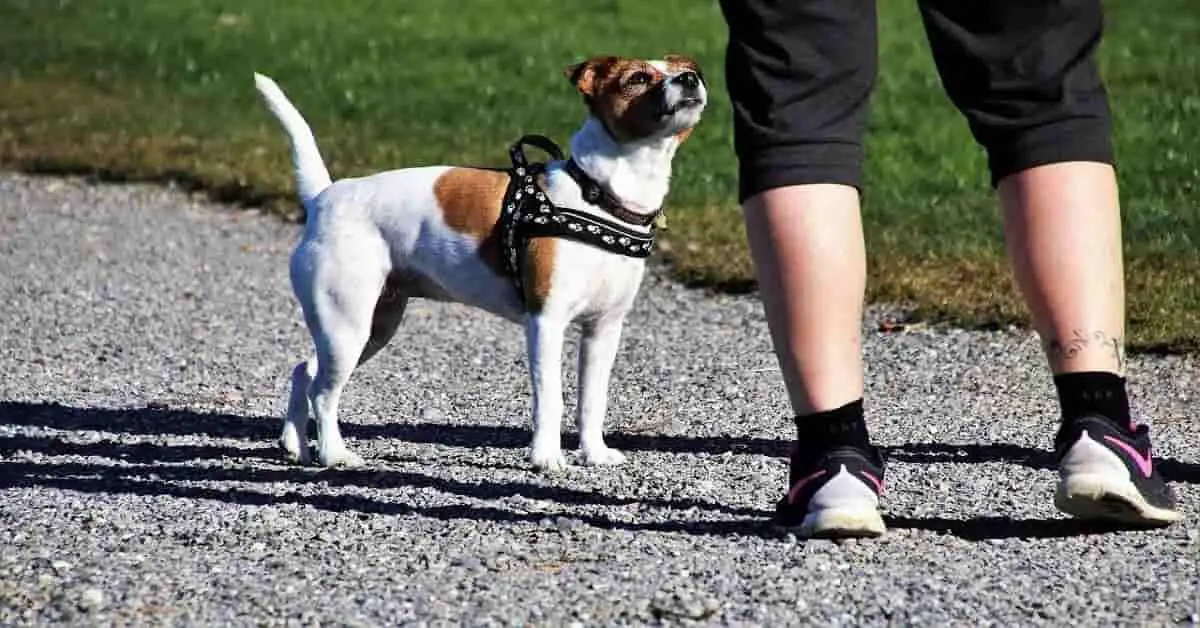Great Advice And Ideas About Dogs That Anyone Can Grasp

The publisher is making a few good pointers relating to Pets overall in the article down below.
Miniature Labrador: The Smallest Labrador Retriever
A mini labrador? What kind of special breed is it that makes our beloved Lab appear in miniature form? If having a australian shepherd and cats ’ve heard about the smallest Labrador Retriever lately and are wondering what this craze is about, this article will surely help you.
So let’s first deal with the question of what the smallest Labrador Retriever actually is…
What is a Mini Labrador?
A Miniature Labrador is a special breed of Labrador that only reaches a size of 40 to 45 cm. The Miniature Labrador does not differ from a normal Labrador except for the size. Its friendly nature and family-friendly character are the same.
Miniature Labrador Retrievers aren’t actually a breed of dog in their own right.
They exist because resourceful breeders bred them so small. Incidentally, with questionable methods and a number of possible problems that the dogs and their owners can face later.
Unlike other dog species, there are actually no Labradors in miniature format. Especially not as a recognized breed, as is the case with schnauzers, poodles or dachshunds, where there are actually recognized “teacups” or “mini” breeds.
Mini Labrador Retriever Size
A Mini Labrador Retriever usually does not grow taller than 40 cm to 45 cm. With this size they reach a maximum weight of up to 20 kg.
So they are not quite as small as one would imagine. A dog with a size of 45cm also needs space, a means of transport in the car and is by no means a sofa buddy like the very small dogs.
Miniature Labrador Experiences
There are no real long-term experiences with miniature Labrador Retrievers. The breeding of this Labrador Mix is simply too new for that.
However, there are very controversial discussions about how artificial small-scale breeding affects the health of dogs and what problems they will have to endure in their development later on.
To understand this a little better, one has to look at how miniature Labradors are bred in the first place.
How are miniature Labrador Retrievers bred?
Now comes the part of the article that I’m going to make a lot of enemies with.
Namely with the breeders who currently breed and offer Miniature Labradors.
The reason for this is relatively simple: As a visitor to my blog and dog lover, I can only explain to you what the reality is when breeding miniature Labradors.
I can neither speak nicely nor approve it.
Breeders use the small stature of the parent animals
Short stature occurs not only in humans, but also in dogs. It actually results from a genetic flaw that causes bone growth to slow down significantly.
End of the story: Too little bone growth = short legged Labrador Retriever.
I’ll explain it in a very simplified way and one or the other breeder will probably scold me. *wink*
Miniature Labradors are bred by crossing two Labrador Retrievers that have this exact genetic disorder. If both parents have a natural short stature and pass this on in their genes to the next generation, in the end a puppy is born that never reaches the full size, but remains a short legged Labrador Retriever.
If you were to do that with people, there would be a huge social outcry. And rightly so!
Nobody would dismiss that with a “but they are so cute”.
Crossbreeds with small breeds of dogs
There is a second variant that breeders use to be able to breed the smallest Labrador Retriever at the end of the day.
And that is mating with smaller breeds of dogs. A Labrador Retriever is crossed with a smaller but similar breed of dog.
In the end a smaller dog is born, but it is not purebred. To offer this dog as a pure-bred “Miniature Labrador” would almost be a deception. Because he is not purebred.
In addition, this type of breeding can lead to diseases and long-term consequences that do not make your four-legged friend’s life more pleasant.
Health Risks for the Smallest Labrador Retriever
By now we’ve talked a lot about the potential health hazards of Miniature Labs, but I haven’t pointed out any possible consequences directly to you.
Labradors are inherently a breed of dog that presents relatively few health problems.
Mini Labradors are very special breeds that bring a few risks.
https://petsroof.com/smallest-labrador-retriever/
Unsure About Caring For A Dog? Learn The Best Tips Here!
You need to do more than pet and feed your dog. He needs to have TLC throughout the day. Want to get a better idea of how your dog needs to be cared for? You will find a range of helpful tips and advice regarding the ownership of a dog.
If there are prescription and other medications within your home, keep them away from your dog. Getting into those pills could seriously impact your dog's health and even cause death. If your dog eats your medication, see a vet right away.
Look into the flea treatments. A large number of them contain high doses of carcinogens and other hazardous ingredients. Talk to your vet about safer options, especially when there are kids around.
Avoid pushing things that your dog dislikes onto him. For instance, don't force it to eat a treat that it appears to hate. It will take you a little while to figure out what your dog likes and what he doesn't, but you'll get the hang of it.
Some people think that it is necessary to bath a dog often. The truth is that unless your dog gets into something to get dirty, they only need bathed once every two to four months. Bathing more often could strip their skin of the oils they need for a healthy coat and skin.
If your dog is still getting used to the grooming process, only work with him or her in short bursts. Groom for about five minutes and then stop and move on to another activity. Eventually, start adding on two or three minutes to your total grooming time until your pet is able to handle a full session.
Keep your dog at a healthy weight. Plenty of dogs are overweight, and just like humans, this can lead to health issues. People tend to overfeed their dogs, and many also feed them table scraps. A dog doesn't need as many calories as most people think; talk to your vet about how much you should feed him each day, and what food is most suitable. A vet will advise you based on his size, age and lifestyle.
Know the basics of pet first-aid if you have a dog in your family. Being able to react quickly in an emergency, such as your pooch being bitten by a snake, can mean the difference between life and death. Read a good book on the subject or ask your vet to brief you on the basics.
Determine your dog's specific exercise regimen. Dogs have different fitness needs based their sex, overall health, age, breed mix, or breed. Every dog should have a couple 10-minute walks a day around the block. Dogs between 6 and 18 months, active breed or mixed breeds, terriers, hounds, and herding dogs will most likely require more fitness than others types of dogs.

Find out what is going on that is causing your dog to act out. If you delay too long, the behavior will get harder and harder to correct. This could lead to huge problems down the road.
When taking your senior dog to the vet for an annual visit, make sure to request senior blood work. A blood panel can help your vet to identify any kidney, heart or vascular concerns. If caught early, treatment is often minimally invasive and less costly. This is a great way to keep your pet healthy for years to come.
Consider puppy training classes for your young pet. Puppies are eager to learn, and a class is a wonderful atmosphere to let them do so in. Classes are also often cheaper than individual lessons. This will teach your pup essential behavioral skills and allow the two of you bonding time too.
Lift your dog properly. If you have a little dog or puppy, place your one hand under their chest and use your other hand for supporting their rump and hind legs. If you're lifting a big dog, lift them from their underside supporting their chest using your one arm and using your other arm to support their rear end. Never lift click here for info by their back legs, tail, or the nape of their neck.
If your dog has been playing outside, take the time to inspect its ears and neck for ticks. These parasites are very common and could make your dog sick if you do not take action right away. Take your dog to the vet if you do not know how to remove the ticks yourself.
If you are training your dog to not pull when on the leash, you should invest in a quality collar and leash. If you have a larger dog, the force of it pulling might be able to break basic collars and leashes. For this reason a good, strong collar is recommended when you are walking your pup.
When you are walking your dog in the wintertime, there may be rock salt or chemical ice melters that come in contact with his feet. Once you get back in the house, wash his paws and dry them gently. This will prevent these items from causing any type of infections.
If you leave your dog with a boarder, there are certain things you need to tell them. First, make sure the boarder has a number to reach you in case of an emergency. Also, tell them of any behavioral issues you dog has. If the dog needs special foods or medication, let the boarder know this as well.
Make sure that you wash your dog's food and water bowls on a fairly regular basis. This will keep your dog clean and sanitary. Wash bowls daily and put in fresh water and food afterwards.
When you bring a new dog home, the first thing you should do is make sure they'll always be able to get back to you. Invest in a safe collar and a tag that contains both your name and phone number. Most lost dogs don't make it home, but with a good tag, you can be sure yours will.

There are few greater joys in life than the love you can share with your loyal companion. It won't always be a walk in the park but the rewards are more than worth it. Enjoy your pup and continue to learn more to help keep your lives happy and healthy.
I was shown that write-up about Pets through a buddy on our other site. For those who enjoyed our post kindly be sure to share it. We value your readership.
